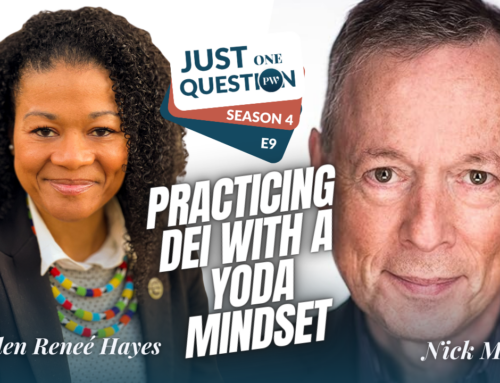Most countries have a political spectrum that divides along conservative v liberal lines. In the US, it’s the Republicans v the Democrats; in the UK, it’s the Tories v the Laborites; in Game of Thrones, it’s King’s Landing v Winterfell, and so on.
Now, some recent research helps us understand what underlies the differences between the two political attitudes, besides, as my uncle who used to argue politics with me would say, my sensible point of view and your sheer cussedness. It turns out that we all have something called a negativity bias. That means, that we react more or less strongly to negative things, like maggots or festering wounds or other people’s points of view.
Here’s how it works. If you’re a conservative, you’re likely to have a stronger negativity bias. Nasty things upset you more. If you’re a liberal, you have a weaker negativity bias. Nasty things still upset you, just not as much. Your negativity bias pretty closely tracks your political views.
As one of the authors of the study, John Hibbing, noted, “Conservatives are fond of saying ‘liberals just don’t get it,’ and liberals are convinced that conservatives magnify threats. . . . Both are correct.”
What does this have to do with public speaking? Speakers need to know their audiences, as I often say, better than they know themselves. In this case, knowing the political makeup of your audience will help you understand how to make your case. If your audience is mostly conservative, it will respond more strongly to negative examples. If your audience is mostly liberal, it will respond more strongly to positive examples. If it’s a mixture of both, God help you – and use both.
I suspect the opportunities go a little deeper, as well. As regular readers of this blog will know, I strongly advocate storytelling as a way to communicate effectively with your audiences – for a whole host of reasons. And I talk about the five basic stories that you can tell in order to give your stories structure and power. Don’t try to invent a new story, in other words – use one of the tried-and-true stories that have captivated people for millennia: the Quest, Stranger in a Strange Land, Rags to Riches, Revenge, and Love Story.
What this new research suggests is that Quests and Love Stories will probably work best on liberal audiences, because the format of the story is inherently more positive. And one the other hand, Stranger in a Strange Land stories and Revenge tales will work best on conservative audiences, for opposite reasons.
Of course Quest stories and Love Stories can be filled with icky things and dark moments – just as Stranger and Revenge tales can be treated lightly. But a successful Quest, like a happy Love Story, is apt to be positive, while even successful Strange Land and Revenge stories will probably have darker elements.
So know your audiences, and pick your stories and examples accordingly, to hold their interest best. Your Political Action Group will thank you, and your opponents will be appalled.
For more on how to use the five stories in non-denominational public speaking, you can refer to the last chapter of my new book, Power Cues, available here.








This reminded me of an interesting interview with E. Tory Higgins and Heidi Grant Halvorson. Their research has found that some people are “promotion” focused while others are “prevention” minded. The “promotion” minded might enjoy the parts of our keynotes where we’re talking about opportunity, demonstrating enthusiasm, and giving them ideas to gain pleasurable results. The “prevention” minded would be turned off by that. They want to know what could go wrong. How to avoid pain.
I’m not aware of any research that would indicate how liberals and conservatives line up between the promotion and prevention mindsets. But your wisdom still applies…. We need to make sure our stories get traction with everyone in our audience.
Tory and Heidi say it all better in their own words at http://www.PeopleAndProjectsPodcast.com/94
Thanks again for all you do to expand our perspectives Nick!
Thanks, Andy —
That’s interesting research. One would be tempted to conclude that Promotion = Liberal and Prevention = Conservative, but one must not jump to conclusions. Thanks for sharing it!